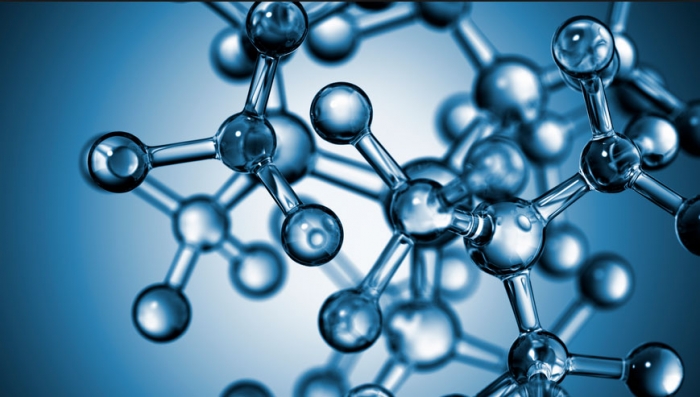Pharmaceuticals, agrochemicals, and plastics all owe their existence to chemical synthesis. Ketones, a functional group with a central carbon double-bonded to an oxygen, are an important ingredient in a wide range of useful chemicals. Unfortunately, their synthesis is energy-intensive and requires many steps, creating significant chemical waste. Bruce Arndtsen, a professor in McGill’s Department of Chemistry, has discovered a less wasteful and more efficient method to synthesize functional groups.
Organic functional groups are collections of atoms that are responsible for the characteristics of a compound. Depending on their connectivity and the strength of their bonds, different functional groups have unique properties and behaviours.
Aside from ketones, several other common organic functional groups are found in pharmaceuticals, including esters, amides, and alcohols. The syntheses of these groups require a starting molecule which can then be used to create the functional group. This method generates a lot of waste, however, and negatively impacts the environment.
According to Arndtsen, the way that organic functional groups are currently made creates waste because the synthesis consists of three to five steps.
“Every synthetic step you do makes waste,” Arndtsen said in an interview with The McGill Tribune. “The more steps you can eliminate, the less waste you create.”
This is a general philosophy in green chemistry, a scientific field that emerged in the 1980s as the environmental movement was picking up steam. Arndtsen and his fellow researchers used a green approach to find a more efficient and less wasteful way of synthesizing functional groups. His recent article on ketone synthesis in Natural Chemistry uses an alternative method with less steps.
“What we did in this paper is […] we came up with a way of essentially using two readily available substrates,” Arndtsen said.
The substrates Arndtsen used were carbon monoxide, a toxic gas that is a byproduct of combustion, and arenes, ringed chains of hydrocarbons, which come from petroleum. Both chemicals are easy to acquire and inexpensive.
Ketones are also detrimental to human health: Carbon monoxide deprives vital organs of oxygen and can result in death, while arenes are carcinogenic. Coupled together, these two chemicals react in a synthetic chemical reaction to form a more complex product – in this case, ketones.
Using carbon monoxide and arenes as substrates in turn reduces the abundance of these harmful compounds all the while eliminating unnecessary, waste-producing steps in ketone synthesis. While this method still produces waste, Arndtsen said that it’s a lot better than the previous way of doing it.
“Classic organic chemistry is very powerful because it lets us make all the organic molecules we have around us […], especially in the drug industry,” Arndtsen said.
But now, researchers are trying to find ways around classic organic chemistry methods because they generate waste. With more complex molecules in particular, the amount of waste created through their synthesis is huge because multiple reactions are needed to build the molecule.
Arndtsen would like to look beyond the pharmaceutical world to create an even more efficient way of creating ketone structures or related products. He would also like to apply the synthesis not only to arenes but also to alkanes, which are linear hydrocarbon chains like methane that can be used in natural gas.
Sustainable solutions are needed for problems such as food waste, climate change, and plastic pollution. Arndtsen’s research is a reminder that green chemistry is a field that is open to innovation and new ideas–and it’s working to prevent pollution in the first place.









